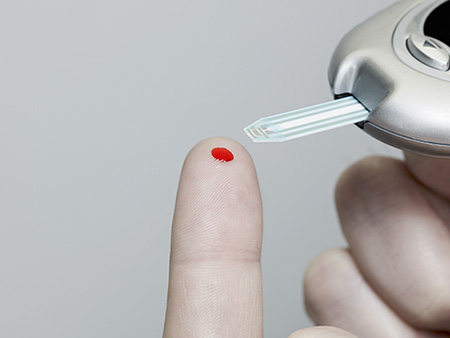The University of Alabama at Birmingham and Southern Research have discovered a new drug candidate that offers a major advance in the treatment for diabetes.
Tested on isolated human and mouse pancreatic islets, mouse and rat cell cultures and animal models of both Type 1 and Type 2 diabetes, the experimental drug significantly improved four detrimental characteristics of diabetes: hyperglycemia, known as high blood sugar; hyperglucagonemia, elevation in the hormone glucagon that counteracts the effects of insulin, promotes glucose production and increases blood glucose; excessive production of glucose by the liver; and fatty liver, known as hepatic steatosis.
The drug candidate SRI-37330 is a non-toxic small molecule that effectively rescued mice from streptozotocin- and obesity-induced diabetes and improved glucose homeostasis.
A study published in the journal Cell Metabolism describes the strong anti-diabetic properties of this newly designed chemical compound. The researchers, led by Anath Shalev, M.D., director of UAB’s Comprehensive Diabetes Center, said that “compared to currently available diabetes therapies, the compound may provide a distinct, effective and highly beneficial approach to treat diabetes.”

